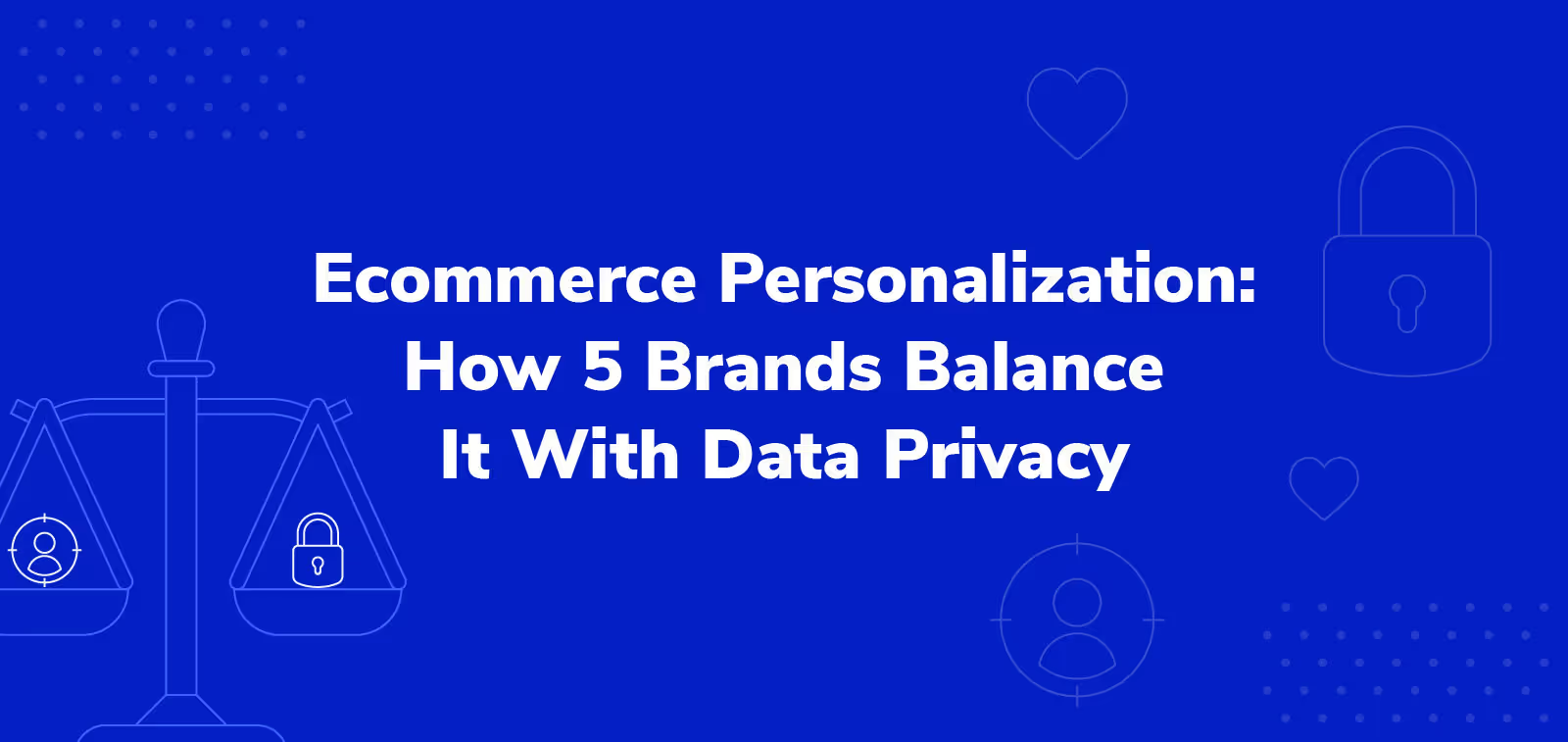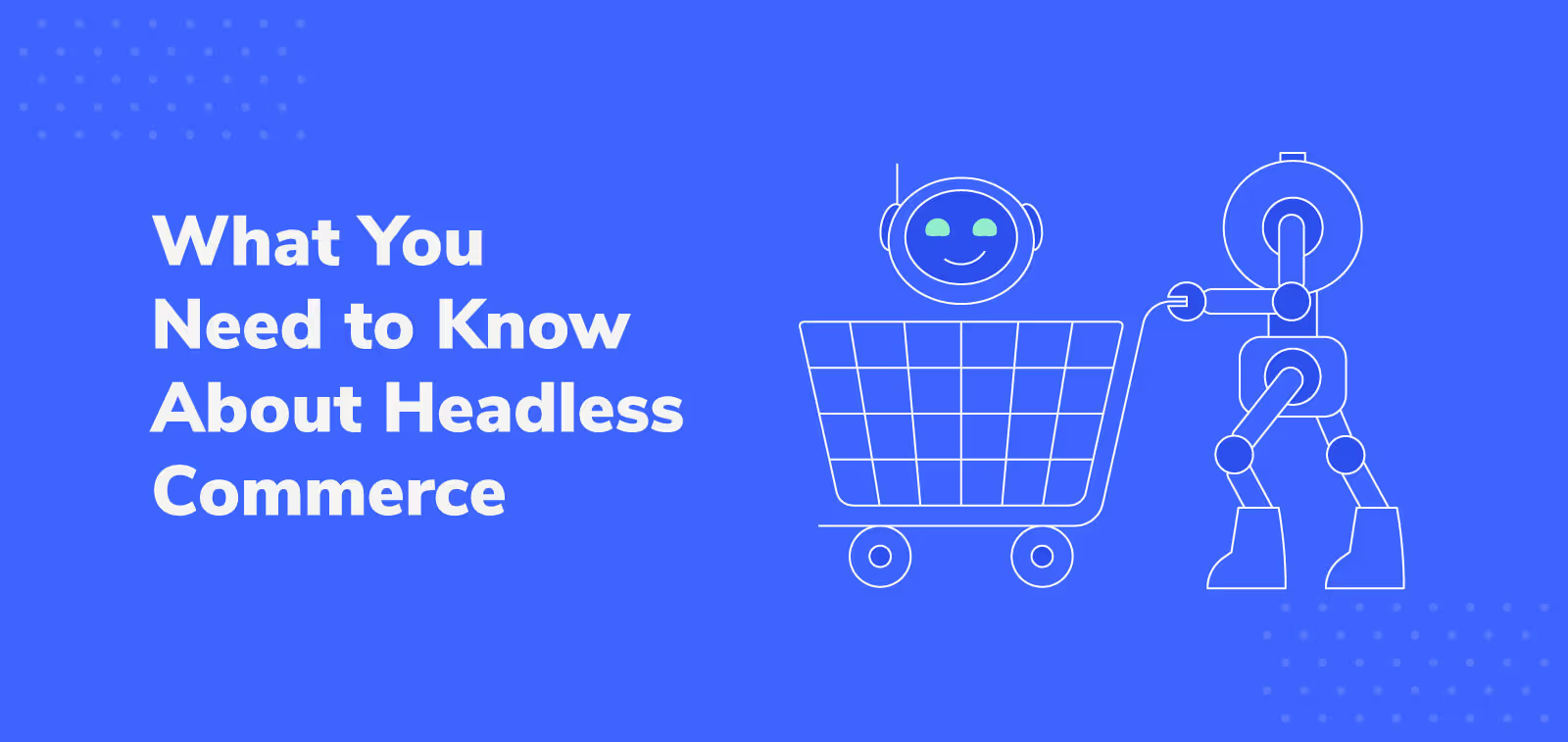How NetSuite Ecommerce Businesses Can Benefit from an Omnichannel Strategy

Developing an omnichannel strategy is becoming less of a “nice to have” and more of a “must have,” even for businesses that have made their bread and butter with either online-only or in-store models.
Research suggests that shoppers have become accustomed to making purchasing decisions across numerous channels: almost 3 out of 4 surveyed shoppers (73%) prefer an omnichannel experience.
The biggest players in the game, like Amazon and Walmart, have been onto this trend for years. They’ve dedicated huge amounts of money and resources to building out a convenient shopping experience — no matter what channel a customer prefers for doing things like product research, chatting with customer support, or making their purchases.
Your business doesn’t have to be as big as Amazon to be able to delight customers across multiple channels. There are tons of innovative tools and strategies — including NetSuite’s ERP software — that can help build up your omnichannel presence and capture customers where they’re at.
To be successful, ecommerce leaders must focus on creating unique value propositions to meet heightened customer experience (CX) expectations at every turn.
Curate a consistent and personalized digital experience
Brands that are able to delight customers with an experience that’s built specifically for them — across multiple channels — benefit from customer referrals.
In fact, according to a study by Qualtrics, 65% of consumers describe their experience on a website or app as “very important” in whether or not they’ll recommend a brand.
The best customer experience ensures consistency across each digital touchpoint, and delivers it in a personalized manner. Yet it’s impossible to do so if you have neither the technology nor the data to create such an experience.
This is where merchants running on NetSuite have an edge: ERP, CRM, order and inventory management are all unified, making it easy to offer similar product recommendations and track a shopper’s behavior throughout their lifetime and across multiple channels. The results of a consistent and unique omnichannel experience would include increased average order value, eventually leading to higher customer lifetime value.
Integrate channels to create a genuine omnichannel customer journey
Creating a truly omnichannel customer experience starts with mapping out your existing buyer’s journey, then connecting the channels together to offer shoppers flexibility and continuity.
This builds a strong omnichannel engagement strategy, which can help retain 89% of your customers (compared to 33% for companies with weak omni strategies).
List every digital touchpoint you have. You can use Google Analytics or another analytics tool to determine your customers’ real purchasing journey. You might also conduct user surveys to uncover more insights like what motivates particular customers to move between touchpoints. Link your digital touchpoints together on your site (e.g., social buttons on your store’s homepage) so customers can easily navigate between channels.
Offer maximum convenience to customers
Shoppers crave convenience, whether that’s buy online, pick up in store (BOPIS) or opting for home delivery. BOPIS is usually faster than the delivery, but delivery requires less effort on the customer’s part — especially if it’s free. The point is: make both available so customers can make the decision that’s most convenient for and valuable to them.
A recent Catalyst/Kantar study found that 66% of respondents said convenience was their main reason for shopping with an online retailer. After that, respondents cited shoppability (57%), product assortment (52%), and price (47%).
To enhance your omnichannel strategy and improve customer satisfaction, focus on convenience. The simplest way to increase convenience for your customers is to implement value-added services that focus on CX throughout the entire shopping experience.
Rethink your navigation strategy to make finding products easy
Save customers time and frustration by leveraging an ecommerce navigation solution that helps customers find what they want. Ease of navigation — whether that’s desktop, mobile, on a social channel, etc. — will lead to more checkouts and more revenue.
Baymard found that 63% of mobile shoppers abandoned carts due to navigation issues. Interestingly, one of the most common questions users asked when struggling to navigate a mobile store was, “How do I get to...?”
There are many ecommerce navigation solutions available to help your customers quickly find the products they’re looking for. For example, The Round Top Collection, which sells wholesale gifts for homes and gardens, enlisted NetSuite SuiteCommerce to help improve sitewide user experience. The solution led to a better product filtering system, saving customers from looking through 300 products when only 50 are relevant to their search.
Improve order fulfillment with a centralized data source
Slow shipping and delivery times create a ripple effect on your business’ success.
A recent survey of more than 500 shoppers asked about the impact of shipping delays on ecommerce orders, and the results are telling: 76% said a poor delivery experience would strongly or somewhat strongly affect whether they’d order from that company again in the future.
While a poor delivery experience could describe a number of negative scenarios (lack of communication about delays, damaged shipment, etc.), fulfillment timelines are increasingly important for merchants because they’re something that’s within your control.
A common issue for ecommerce merchants is complex order management, where data is housed in multiple repositories instead of a single, centralized location. For example, customer data might be stored separately from order information, or updated inventory information doesn’t account for returned products.
Trust a single, centralized data source to speed up order fulfillment. That way if you experience an increase in sales for a particular product across numerous sales channels, your inventory information is immediately updated, and you can update customers about product availability and delivery timelines.
Offer customers convenient, hassle-free product protection
An effective omnichannel approach to ecommerce focuses on the post-purchase customer experience and prioritizes convenience.
If your customers accidentally damage a product, like exposing a high-quality hair care product to water, they want to get back to using their product as soon as possible. A convenient, hassle-free repair or replacement process allows them to do that.
Digitally-native product protection from Extend enables customers to file a claim online by messaging with a virtual claims specialist that’s available 24/7, or they can call and talk to a representative during business hours. Providing claim filing options that fit with a customer’s preferred channels offers them peace of mind and enhances customer satisfaction.
Merchants operating on NetSuite can get a head start offering product protection from Extend — the only product protection platform available on SuiteApp. With Extend and NetSuite, your implementation process is a breeze, and in no time you can begin selling product protection however you prefer. Whether your customers are purchasing product protection on your website, or your agents are selling product protection directly in NetSuite ERP, Extend has you covered.
Learn more about how Extend + NetSuite can help automate and streamline your business.
Sohila Sandher is a partner marketing manager for Extend.
.svg)












































.avif)











